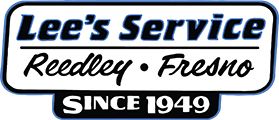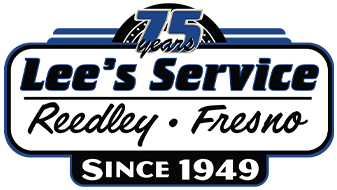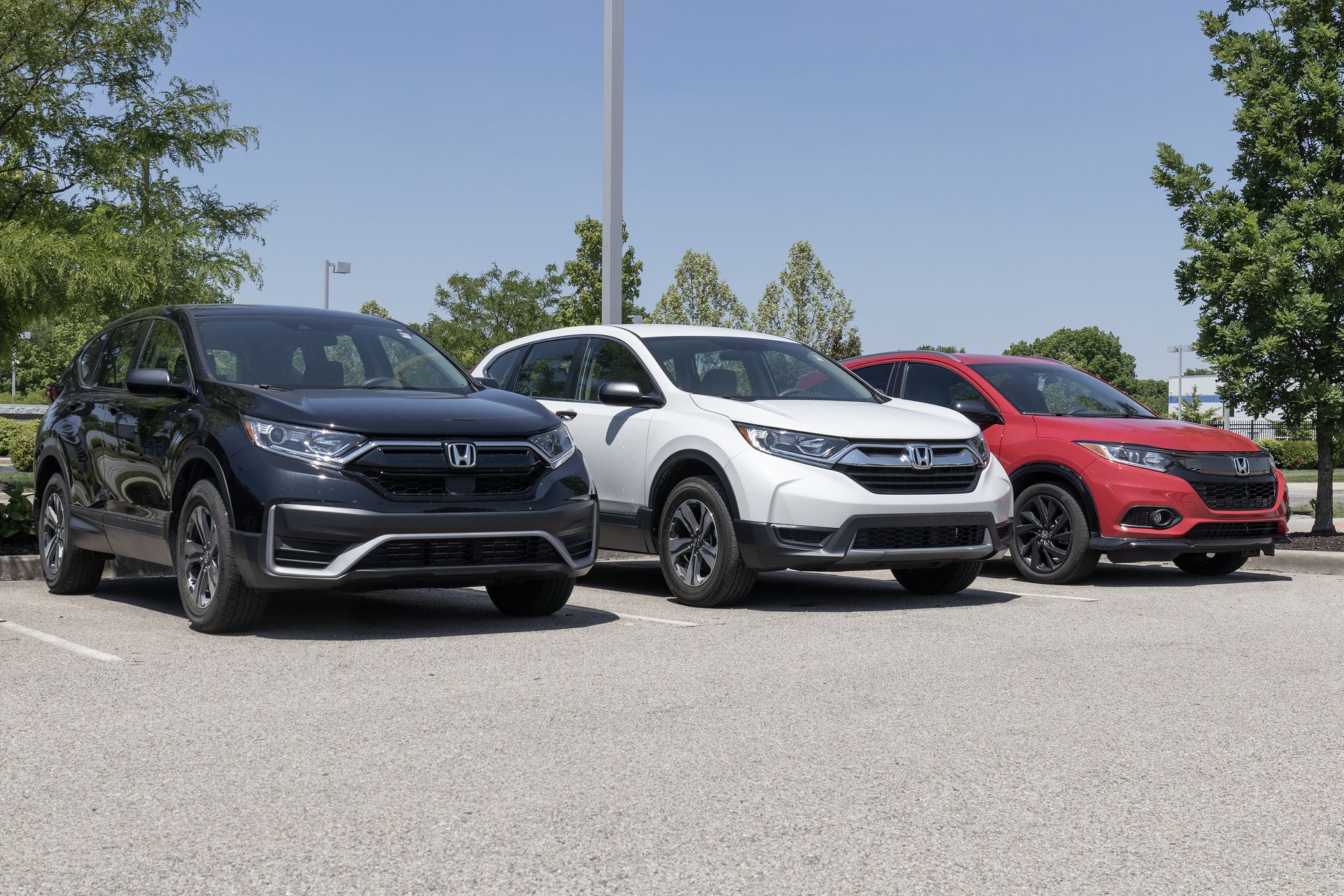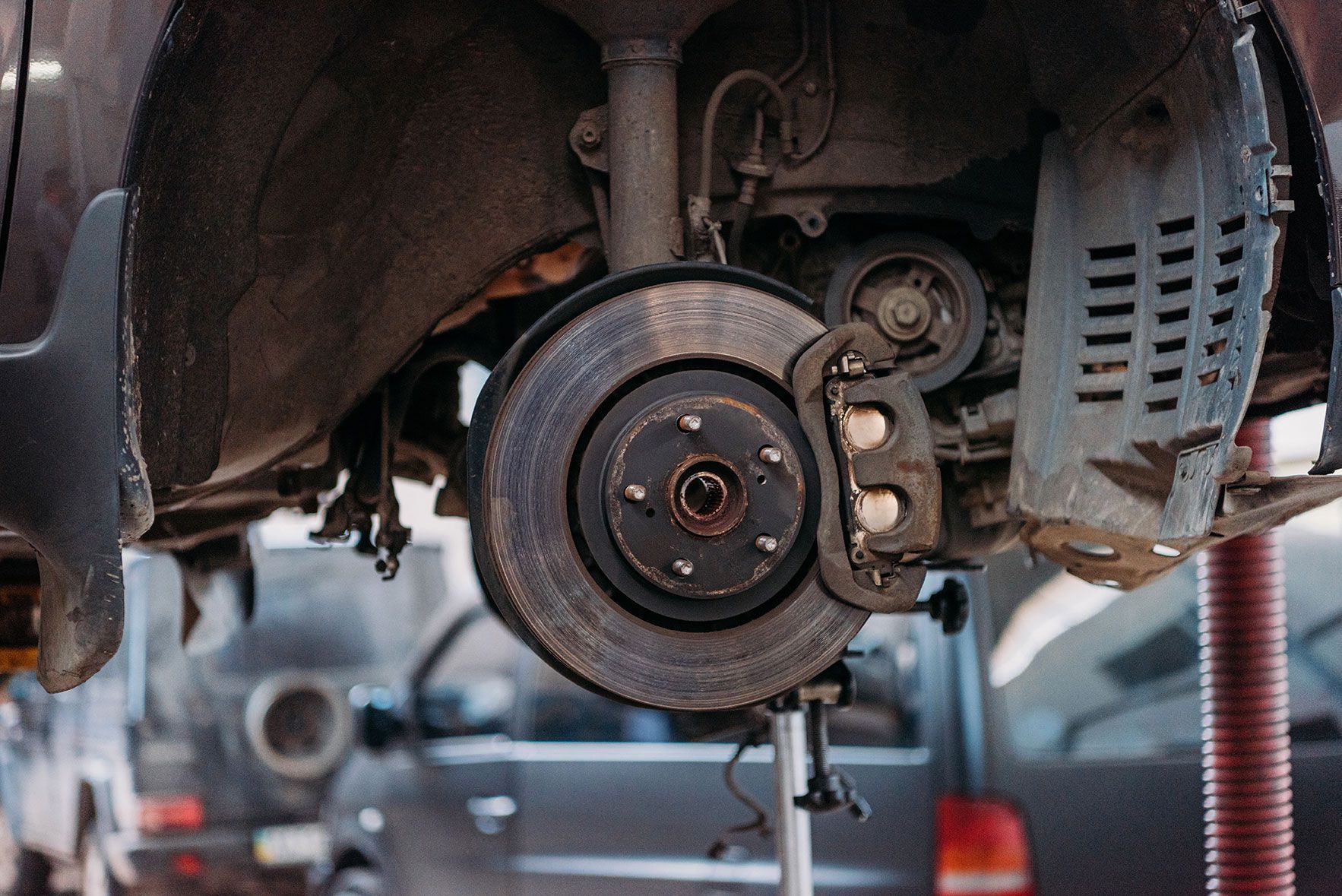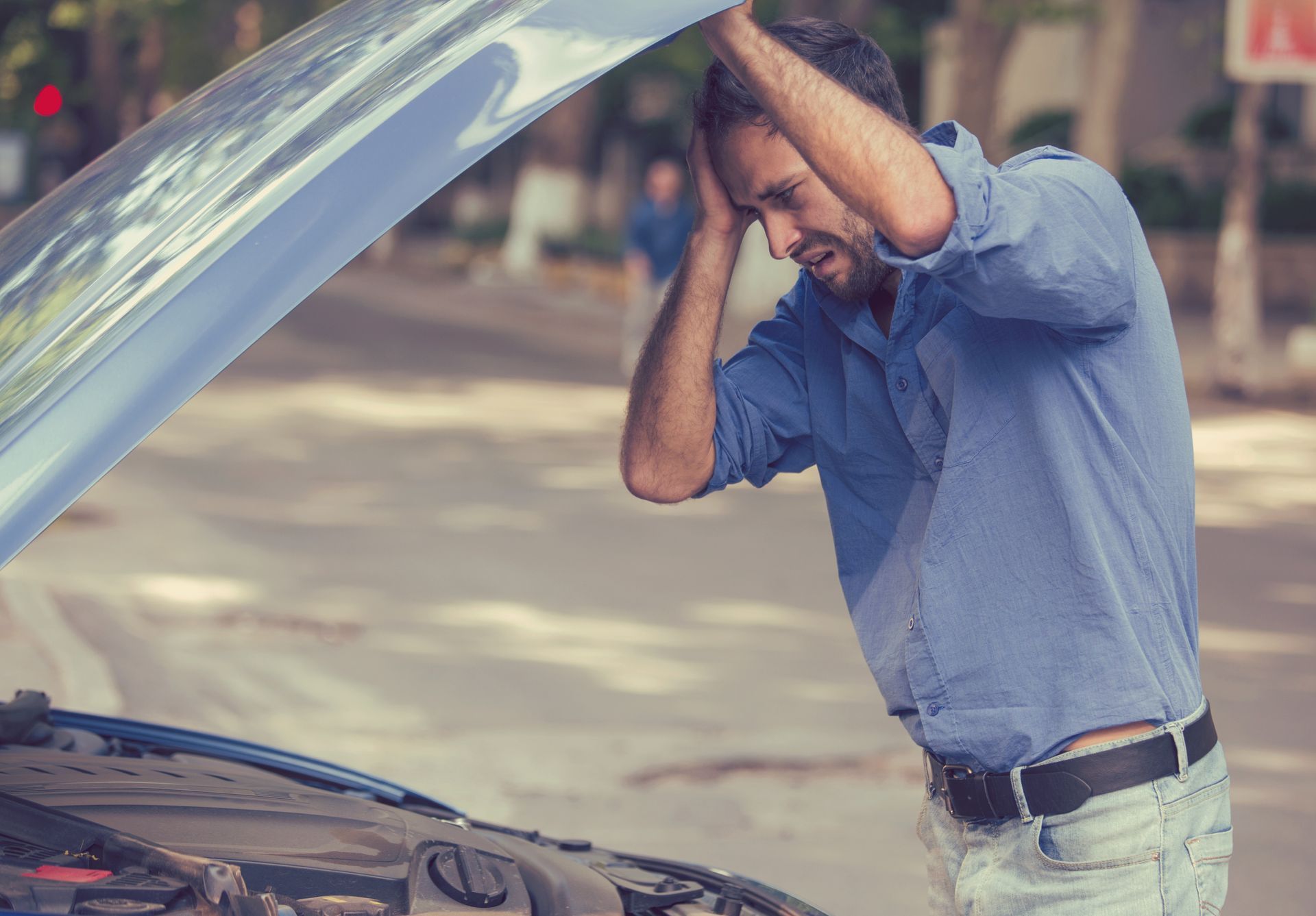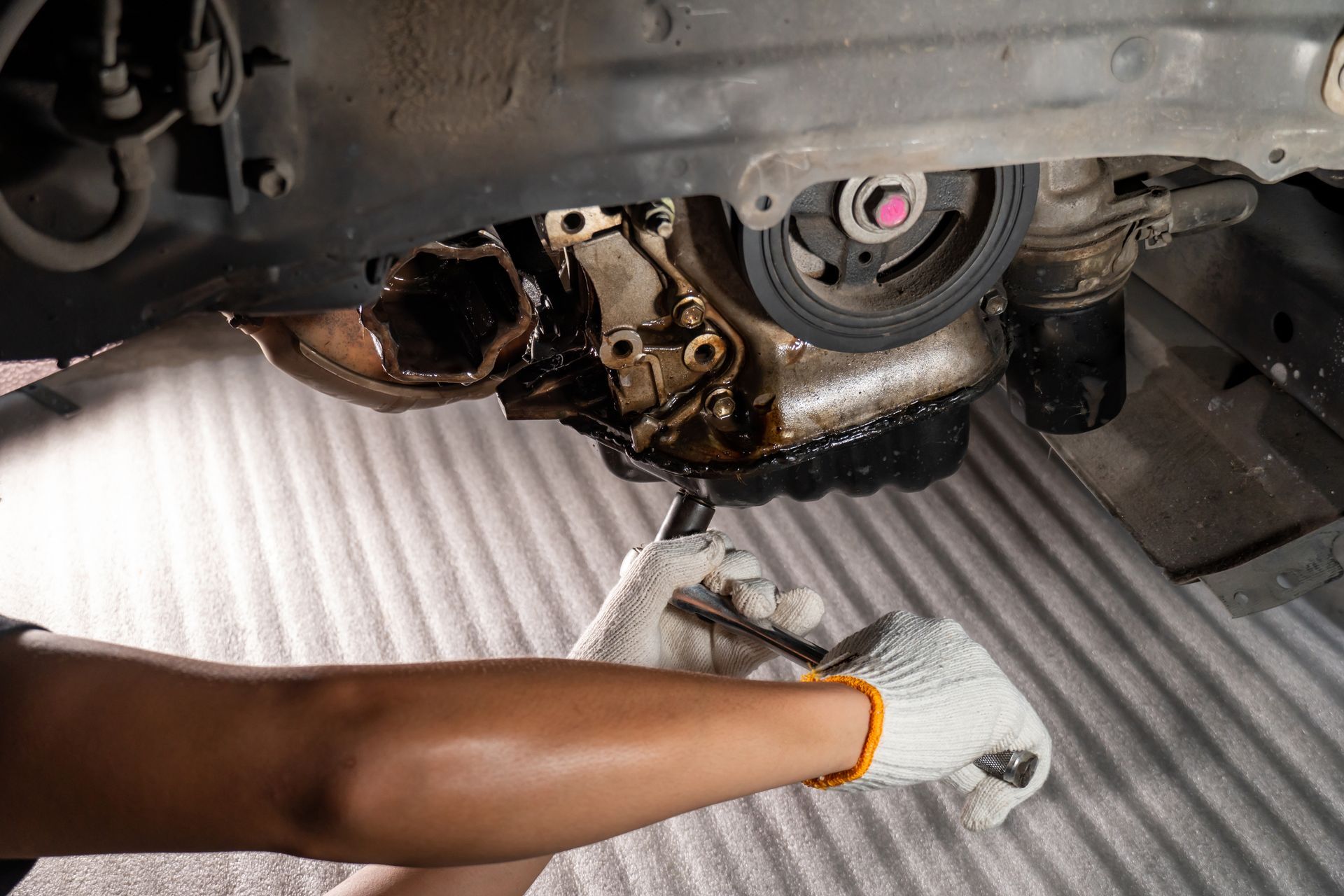Why Wheel Alignment Improves Tire Longevity and Fuel Efficiency
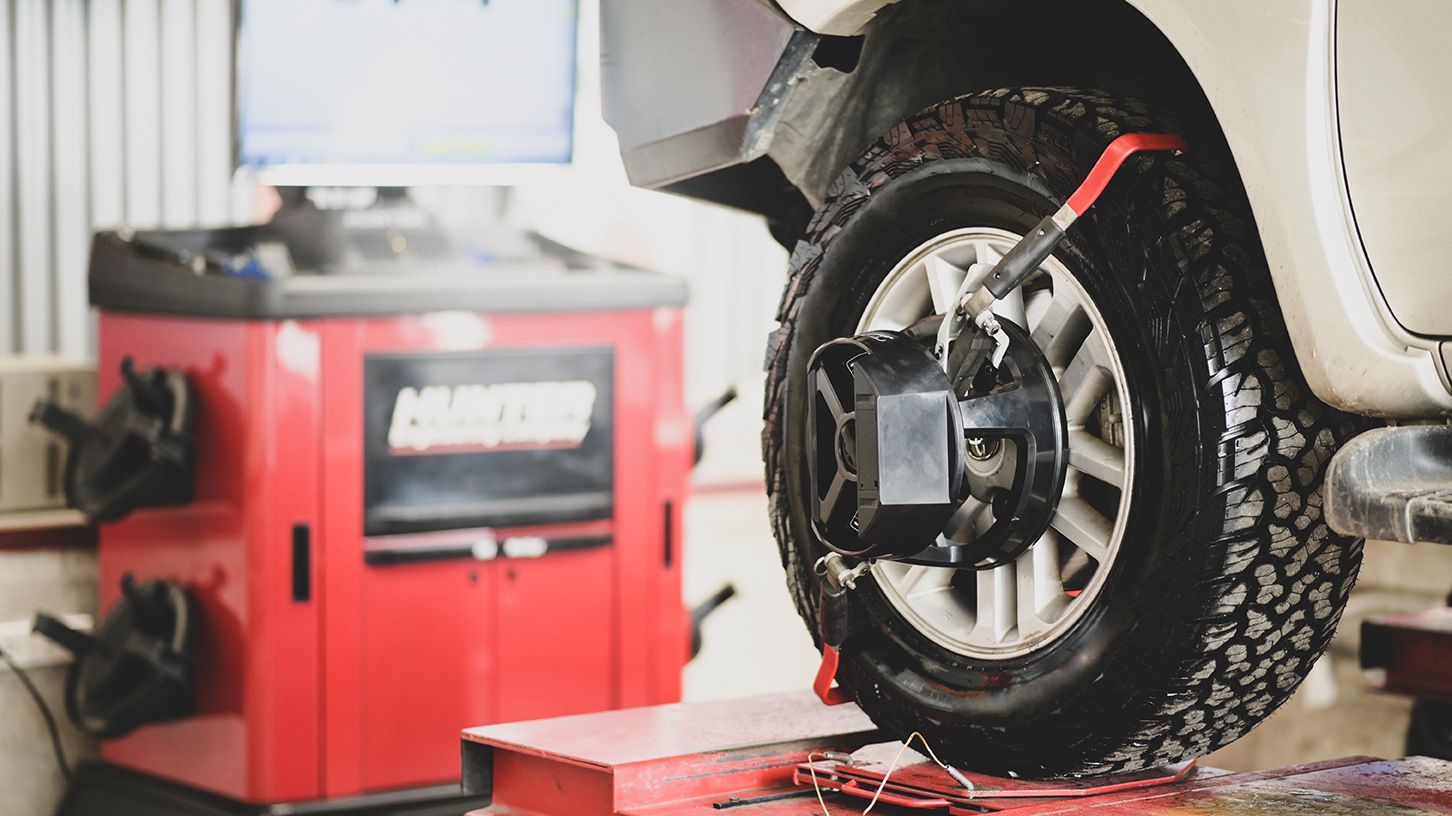
Why Wheel Alignment Improves Tire Longevity and Fuel Efficiency
The longevity of your tires and the efficiency of your fuel consumption are crucial aspects of vehicle maintenance.
Yet, many vehicle owners overlook one key factor that significantly impacts both: wheel alignment.
Wheel alignment involves adjusting the angles of your vehicle's wheels to the manufacturer's specifications. This process ensures that your tires are positioned correctly relative to each other and the road.
When properly aligned, your tires wear evenly, extending their lifespan. This can save you from frequent and potentially costly tire replacements.
But the benefits of wheel alignment extend beyond tire longevity. It also plays a significant role in improving your vehicle's fuel efficiency.
In this article, we delve into why wheel alignment is so important and how it contributes to tire longevity and fuel efficiency.
Understanding Wheel Alignment and Its Components
Wheel alignment is a complex process that involves adjusting various components of your vehicle's suspension system.
This system connects your vehicle to its wheels and is responsible for a smooth and controlled ride.
The primary components adjusted during a wheel alignment are the camber, toe, and caster.
These are the three main angles that dictate how your tires sit on the road.
- Camber is the inward or outward tilt of the tire when viewed from the front of the vehicle.
- Toe refers to the extent to which your tires turn inward or outward when viewed from above.
- Caster is the angle of your steering axis when viewed from the side of the vehicle.
Each of these components plays a crucial role in ensuring your vehicle's wheels are properly aligned.
Camber, Toe, and Caster Explained
Camber, toe, and caster are the three primary angles adjusted during a wheel alignment.
Camber affects the tire's contact with the road and can cause uneven wear if misaligned.
Toe alignment, on the other hand, is crucial for straight-line stability. Misalignment in toe can lead to "feathering" of the tire tread.
Lastly, caster affects the steering ease and stability. While it doesn't affect tire wear as camber and toe do, improper caster can cause your vehicle to pull to one side.
Understanding these components can help you appreciate the complexity and importance of proper wheel alignment.
The Impact of Wheel Alignment on Tire Wear
Proper wheel alignment is crucial for the longevity of your tires.
When your wheels are correctly aligned, your tires wear evenly, extending their lifespan.
Misaligned wheels, however, can lead to premature tire wear. This uneven wear can result in more frequent tire replacements, which can be costly.
In addition to the financial implications, uneven tire wear can also compromise your vehicle's safety.
Tires with uneven wear may not perform optimally, especially in adverse weather conditions, increasing the risk of accidents.
Recognizing the Signs of Misalignment
Recognizing the signs of wheel misalignment can help you address the issue before it leads to significant tire wear.
One common sign is your vehicle pulling to one side while driving.
Another symptom is a crooked steering wheel when driving straight. If you notice these signs, it's advisable to have your wheel alignment checked.
How Proper Alignment Contributes to Fuel Economy
Wheel alignment doesn't just affect your tires. It also plays a significant role in your vehicle's fuel economy.
When your wheels are misaligned, your vehicle has to work harder to move forward. This increased effort results in higher fuel consumption.
By maintaining proper wheel alignment, you reduce the rolling resistance. This means your vehicle doesn't have to use as much energy, and therefore fuel, to move forward.
In essence, regular wheel alignments can lead to improved fuel economy, saving you money at the pump.
Wheel Alignment vs Balance: Understanding the Difference
It's important to understand the difference between wheel alignment and balance.
Wheel balancing involves adjusting the weight around a tire and wheel assembly to ensure smooth rotation. It's crucial for eliminating vibrations and preventing premature tire wear.
On the other hand, wheel alignment adjusts the angles of the tires, ensuring they're parallel to each other and perpendicular to the ground. This is vital for even tire wear and optimal vehicle handling.

Risks of Ignoring Wheel Alignments
Ignoring wheel alignment can lead to a host of problems. One of the most noticeable is compromised handling.
Your vehicle may pull to one side, making driving more difficult and less safe. This can also increase stress on your vehicle's suspension components, leading to more wear and tear.
Another risk is uneven braking, which can compromise your vehicle's stopping power and safety.
The Hidden Costs of Misalignment
The costs of ignoring wheel alignment can add up. Increased fuel consumption due to misalignment can lead to higher costs over time.
Additionally, premature tire wear can require more frequent and costly replacements. These hidden costs make regular wheel alignments a wise investment.
When and How to Check for Wheel Alignment
Checking for wheel alignment should be a regular part of your vehicle maintenance. It's recommended to have your alignment checked at least once a year.
If you hit a pothole, curb, or notice any of the symptoms of misalignment, it's wise to have it checked sooner.
Here are some signs to look out for:
- Uneven or rapid tire wear
- Vehicle pulling to one side
- Crooked steering wheel
The Role of Tie Rods and Tread Depth in Alignment
Tie rods play a crucial role in maintaining proper wheel alignment. They connect your vehicle's steering system to the wheels, helping to ensure they turn as directed.
Tread depth is another important factor. Uneven tread wear can be a sign of misalignment, and maintaining proper tread depth is crucial for safe driving.
The Benefits of Regular Wheel Alignment Checks
Regular wheel alignment checks offer numerous benefits. They can extend the life of your tires, improve fuel efficiency, and enhance vehicle safety.
By ensuring even tire wear, alignments can delay the need for tire replacement. This can result in significant cost savings over the life of your vehicle.
Here are some key benefits of regular wheel alignment checks:
- Extended tire lifespan
- Improved fuel efficiency
- Enhanced vehicle safety
- Reduced wear and tear on vehicle parts
- Smoother and more comfortable rides
Long-Term Savings and Safety
The cost of a wheel alignment can be easily offset by the savings in tire replacement and fuel costs. Regular alignments can also prevent costly repairs to other vehicle components.
Moreover, proper wheel alignment contributes to safer driving conditions. It ensures optimal vehicle handling, reducing the risk of accidents caused by poor traction or control.
Conclusion: Aligning for Efficiency and Longevity
In conclusion, regular wheel alignment checks are a crucial aspect of vehicle maintenance. They not only extend tire longevity but also improve fuel efficiency.
Ignoring wheel alignment can lead to higher costs and safety risks in the long run. Therefore, it's wise to prioritize this simple yet impactful maintenance task.


